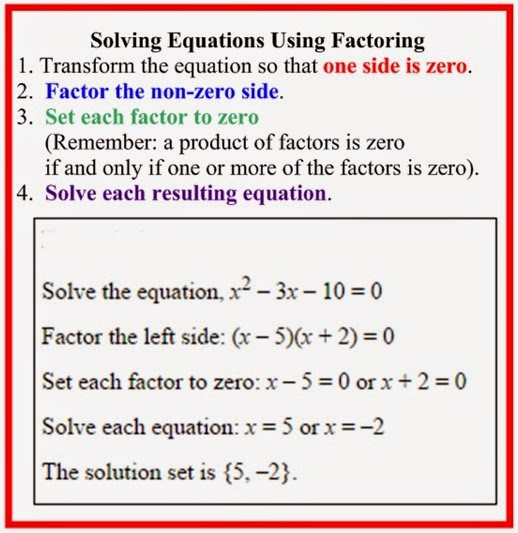1) Suppose we wish to arrange 5 people {a, b, c, d, e}, standing side by side, for a portrait. How many such distinct portraits (“permutations”) are possible?
2) {a, b, c, d, e} arranging 5 objects, in such a way that “a” is always first. How many different orders count as being distinct.
3) Now suppose we start with the same 5 people {a, b, c, d, e}, but we wish to make portraits of only k = 3 of them at a time. How many such distinct portraits are possible?
4) Finally suppose that instead of portraits (“permutations”), we wish to form committees (“combinations”) of 3 people from the original 5. How many such distinct committees are possible?
5) Suppose we wish to arrange 5 people {a, b, c, d, e} around a circular table. How many such table arrangements are possible?
2) {a, b, c, d, e} arranging 5 objects, in such a way that “a” is always first. How many different orders count as being distinct.
3) Now suppose we start with the same 5 people {a, b, c, d, e}, but we wish to make portraits of only k = 3 of them at a time. How many such distinct portraits are possible?
4) Finally suppose that instead of portraits (“permutations”), we wish to form committees (“combinations”) of 3 people from the original 5. How many such distinct committees are possible?
5) Suppose we wish to arrange 5 people {a, b, c, d, e} around a circular table. How many such table arrangements are possible?

































